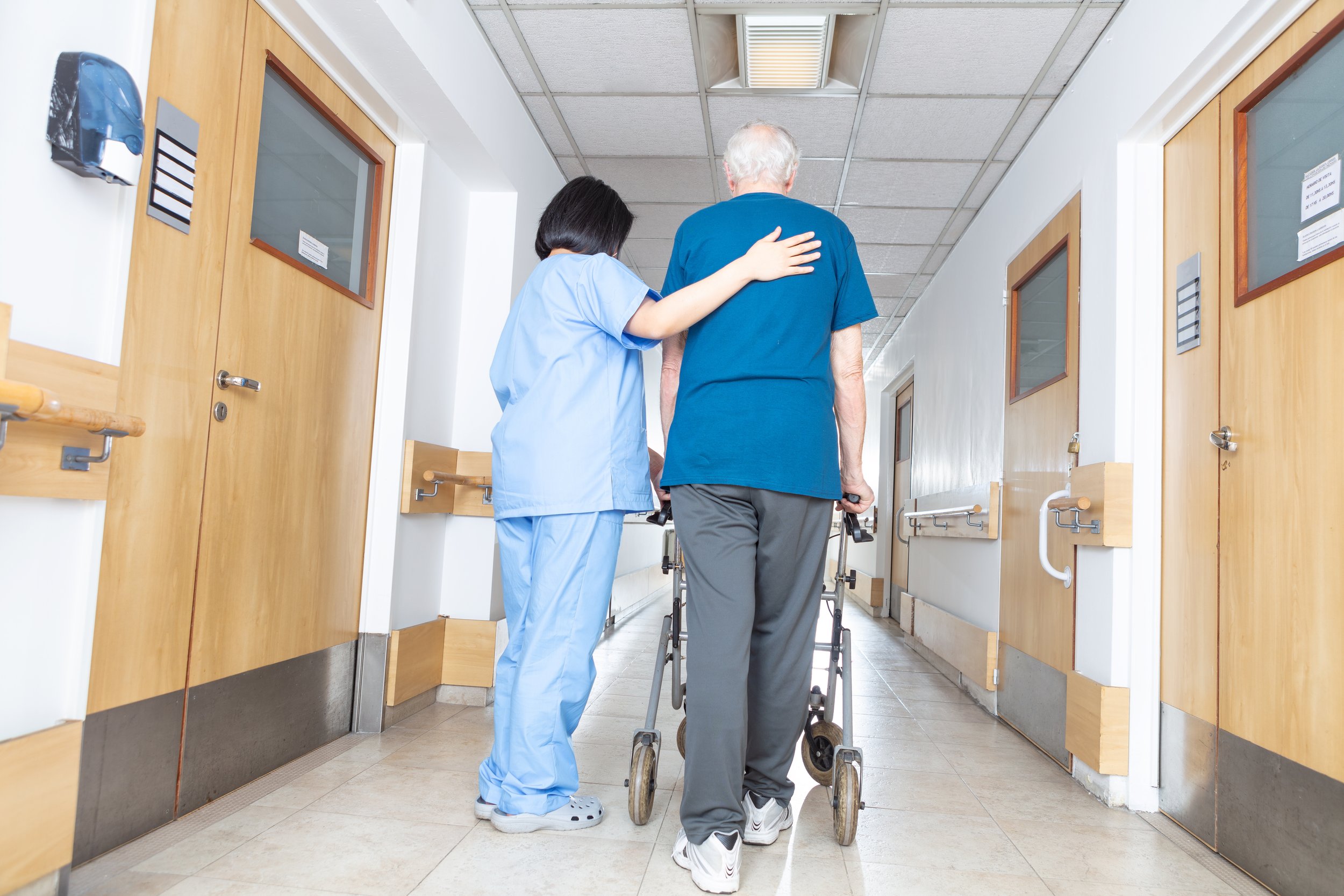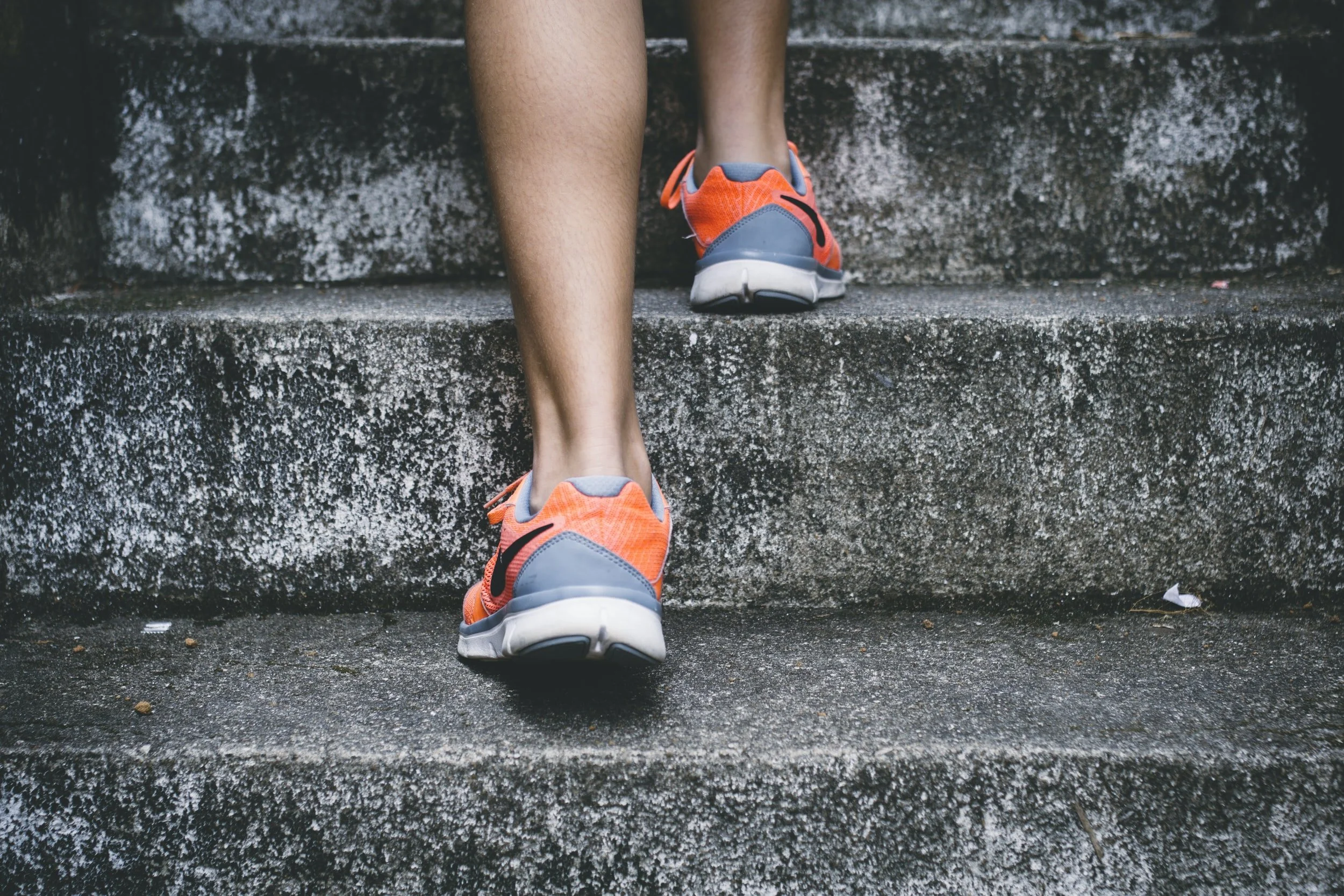An excellent discussion moderated by the CMO of Indeed. The Covid recession has impacted women, which has affected healthcare and recruiting. The fallout continues as the recovery accelerates as people leaving the workforce are women and women of color even more. The presentation during this panel presented some facts:
70% of women left a role because of a lack of support, flexible work, childcare, and healthcare support.
89% of women say their partner was not as impacted as they were.
Women want to be paid more, be happy, have a meaning of belonging, work environment flexibility, and sympathetic managers.
The panelists discuss what various organizations have done, including scheduling meetings at better times and being deliberate about keeping the parents navigating online learning—doing away with being on camera to monitor productivity. Related to healthcare, one panelist discussed the healthcare industry's challenges and how they overcame those issues. There is a tool one place used that serves job position recommendations to people based on their personality, which increased hiring women. A piece of advice was to ask questions about people being allowed to be their authentic selves at work since they spend so much time there.
Beyond the pandemic, the issue needs to be resolved to improve the retention of women as leaders, CEOs, corporate, non-profit boards, and this gap will be closed. The major takeaway was it is not up to women alone to fix these issues, but organizations as a collective should, too.
Hospital Data Transparency During Covid
This talk might have been the most fascinating of everything we attended. The pipeline between collecting data, parsing it, and releasing it to journalists was an intricate journey. They reflected on the pandemic's beginning. Remember the ventilator crisis? People needed to know how many hospitals did not have data on those and bed counts. States with natural disasters were more likely to have a system like this. They had to organize the detailed information in a daunting task once information was submitted to HHS.
Most governments at every level needed more organized hospital reporting and comprehensive data like staffing shortages, temporary beds, PPE supplies, etc. Allocating Remdesivir early in the pandemic would be based on people who recently got Covid and not people who had it for a while. Knowing real-time needs would increase or decrease shipping overall saved lives. The streamlined data elements automated it to change the response quickly and took a load off hospitals. Rural hospitals that only had a few cases could face privacy issues.
They discussed the challenge of releasing data too quickly without confirming but too late for it not to be valuable and out of date. The COVID Tracking Project dashboard featured 70 volunteers taking data at the county level to create a national database for public knowledge. With this information, journalists would be able to inform the public about spikes at the state and local level and combat misinformation.
The collection and releasing of information shouldn't end post-pandemic. It is vital to keep data active if there is another medical crisis, and it is better to be safe than sorry, as an ill-prepared system has reminded us. It benefits the public. With a system like this, people can track influenza data to be more prepared for flu seasons.
The next crisis this panel worries about is retaining burned-out staff from a discouraging situation. For burnout, medical professionals need to document their thoughts and know if the system will not collapse of transparency with good journalism can take on misinformation. Most of it moved from HHS to CDC and HealthData.gov. One encouraging form of accountability was reporters comparing different data sources to find discrepancies, which would build trust for transparency.
In conclusion, the panel suggested this brought several kinds of organizations together in health, policy, technology experts, emergency, and operations and provided needed information for the public. All in all, "demand your data" was a big takeaway.



























